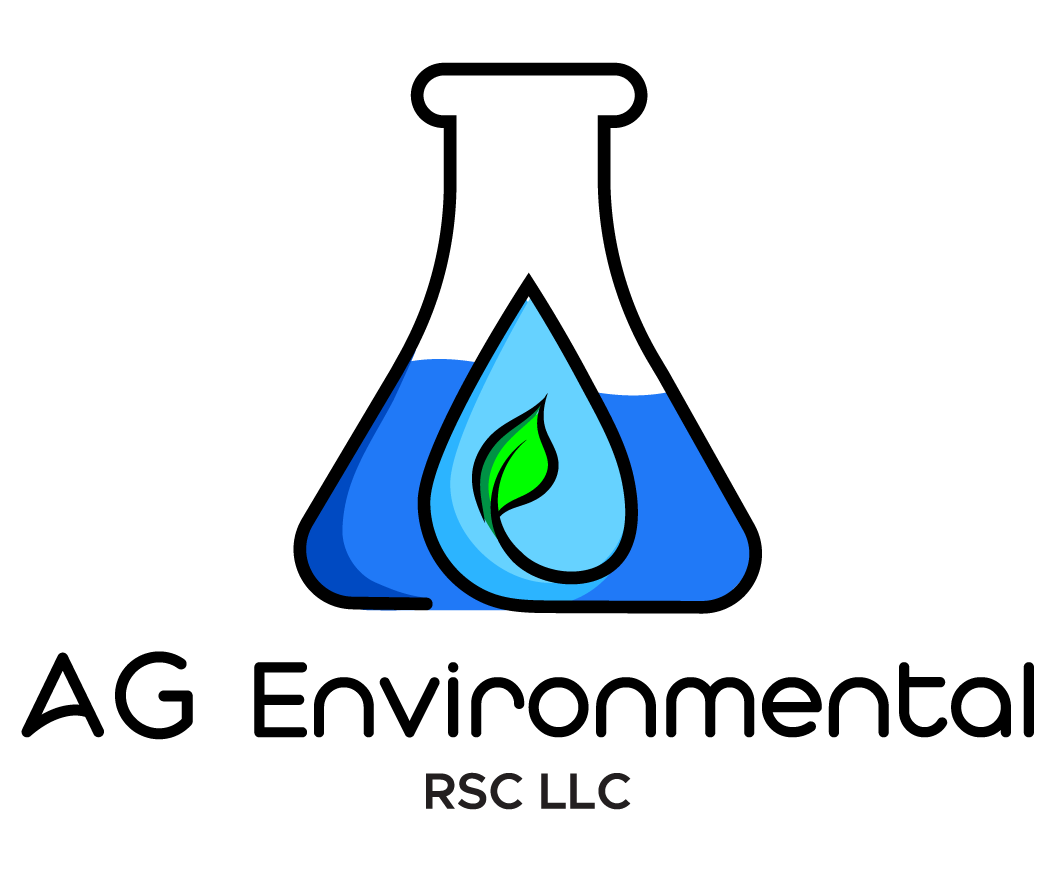The Relationship Between Water Testing and Public Health
Clean, safe water is essential for public health. From drinking water to recreational water, access to clean water is necessary to maintain good health and prevent the spread of disease. In this blog post, we'll explore the relationship between water testing and public health.
Why Water Testing is Important for Public Health
Water testing is a critical component of ensuring that water is safe for human consumption and use. When water is contaminated, it can lead to a range of health issues, including:
Gastrointestinal Illness: Bacteria and viruses found in contaminated water can cause gastrointestinal illness, including diarrhea, cramping, and nausea.
Skin Infections: Exposure to contaminated water can cause skin infections, including rashes and lesions.
Respiratory Infections: Contaminated water can contain airborne contaminants, including Legionella bacteria, which can lead to respiratory infections such as Legionnaires' disease.
Chronic Illnesses: Exposure to certain contaminants in water over time can increase the risk of developing chronic illnesses, such as cancer, kidney damage, and neurological problems.
Water Testing and Public Health Regulations
To protect public health, federal, state, and local agencies have established regulations and guidelines for water quality and testing. These regulations specify which contaminants should be tested for, at what levels, and how often. For example, the Safe Drinking Water Act, which is administered by the Environmental Protection Agency (EPA), requires public water systems to test for over 90 contaminants, including bacteria, viruses, and chemicals. In addition, the EPA sets Maximum Contaminant Levels (MCLs) for each contaminant, which specify the maximum allowable level of each contaminant in drinking water.
The Role of Water Testing in Preventing Waterborne Illness Outbreaks
Water testing is also critical for preventing waterborne illness outbreaks. When a waterborne illness outbreak occurs, public health officials use water testing to identify the source of the contamination and determine which contaminants are present. This information is then used to develop strategies to prevent the spread of the illness and address the underlying issue.
Conclusion
In conclusion, water testing plays a crucial role in protecting public health. By ensuring that water is clean and safe for human consumption and use, water testing helps prevent the spread of disease and reduce the risk of chronic illness. Water testing regulations and guidelines help ensure that public water systems meet strict standards for quality and safety. By continuing to prioritize water testing and monitoring, we can protect public health and ensure access to clean water for generations to come.


